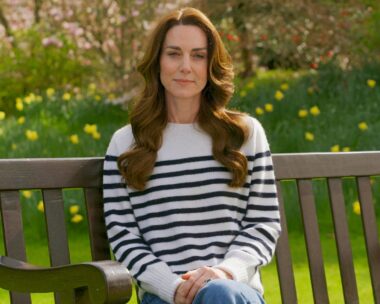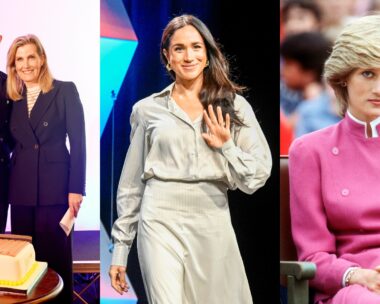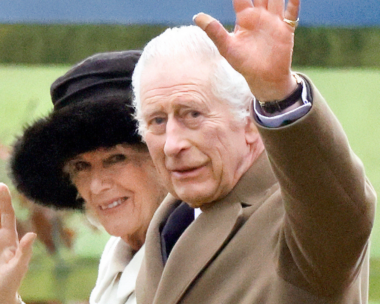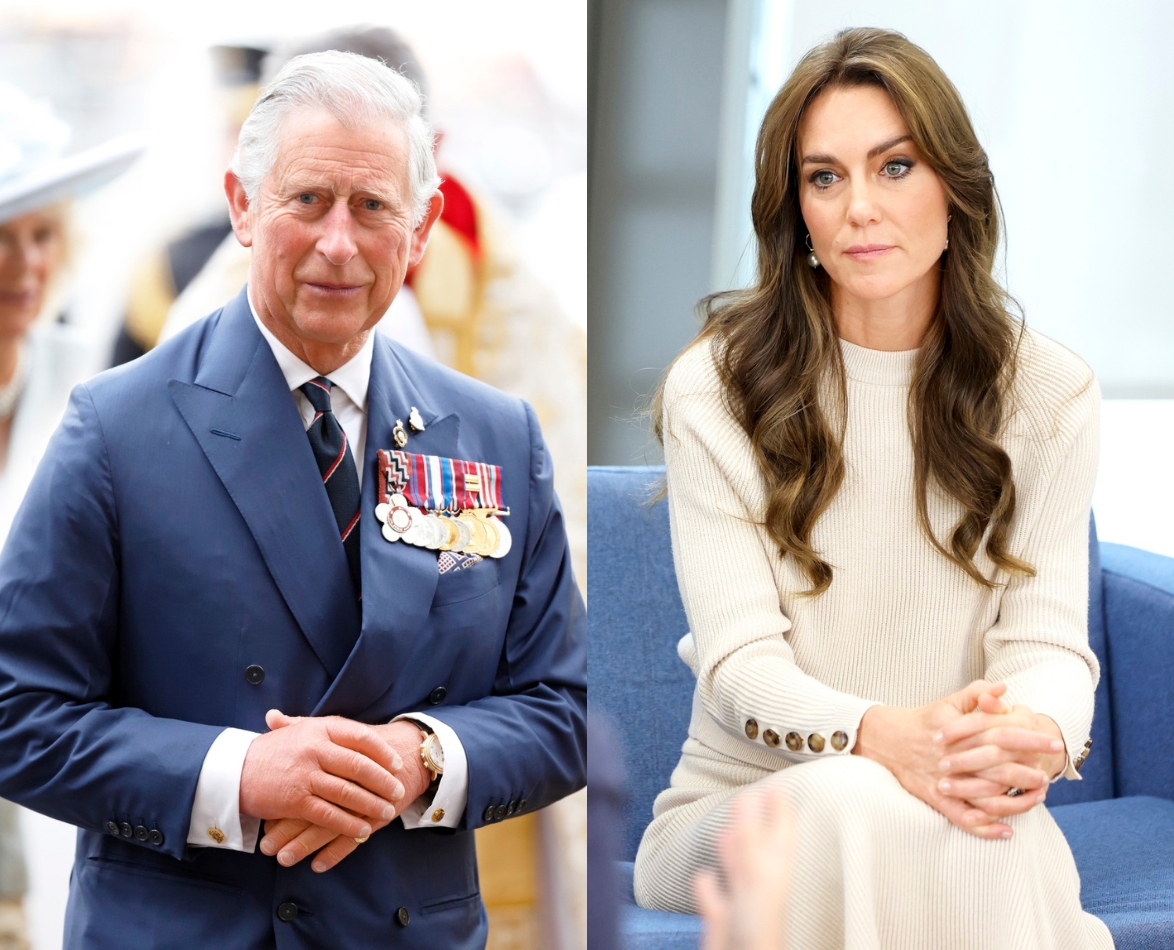It has been 70 years since the last British coronation and as The Weekly goes to press, we are counting down to what will be a very special and unique moment in contemporary history, the crowning of King Charles III and Queen Camilla on Saturday May 6. Whether you’re a royalist or not, this ceremony will be an extraordinary spectacle with perfectly choreographed pomp, which, thanks to modern technology, will be watched by more people around the world than any previous coronation.
Before the advent of television, stills photography and paintings have offered visual records of past coronations. But Charles’ mother’s crowning on June 2, 1953 broke new ground when it was televised, a first for a coronation. Those scenes have been replayed time and again over the decades, and were recalled poignantly at Her Majesty’s Platinum Jubilee celebrations three months before her death. The Gold State Coach that carried the newly crowned Queen back to Buckingham Palace was a key part of the 2022 Platinum Jubilee pageant featuring ethereal images of the waving 27-year-old sovereign. Later, Her Majesty, 96, appeared on the palace balcony to rapturous cheers.
On May 6, Charles will return to the palace in that same carriage, and the procession and his coronation will be similarly recorded and streamed live around the world.
Buckingham Palace has said the ceremony “will reflect the monarch’s role today and look towards the future while being rooted in long-standing traditions and pageantry”. What that will look like remains to be seen, but alongside the dazzling Crown Jewels and historic regalia, there will also be considerable solemnity. This is a deeply religious occasion, full of symbolism that has remained unchanged for nigh on a thousand years, the only remaining ceremony of its type in Europe.
The Duke of Norfolk, as Earl Marshal, is responsible for it all and has been busy implementing plans under the codename “Operation Golden Orb”.
The ceremony will be at Westminster Abbey, the setting for every coronation since 1066. Here, just eight months before, the Archbishop of Canterbury had led the service for the late Queen’s funeral, where the world united to pay tribute to a remarkable monarch. Archbishop Welby will now herald the Carolean era, presiding over the coronation service for King Charles III. Her Majesty Queen Camilla will also be crowned in a ceremony that will echo that of Charles’ grandparents when Princesses Elizabeth and Margaret watched on.
Here in New Zealand, it will be Saturday evening, with live broadcasts direct from London, and to help you unravel all the intricacies of this momentous celebration, we present The Weekly’s expert guide.
The processions
King Charles and Queen Camilla will arrive at Westminster Abbey in the King’s Procession from Buckingham Palace, travelling in the Diamond Jubilee State Coach.
This newest of the royal coaches was actually made in Australia and beautifully combines traditional craftsmanship with modern technology. Its aluminium body and six hydraulic stabilisers will ensure a smooth ride for the royal couple.
The interior wooden panels of the coach were constructed from objects donated by over 100 historic sites. The seat handrails are from the Royal Yacht Britannia, and the window frames and interiors include material from Caernarfon Castle, Canterbury Cathedral, the Mary Rose (Henry VIII’s flagship), 10 Downing Street, and the Antarctic bases of Captain Robert Falcon Scott and Sir Ernest Shackleton.

The King and Queen will travel in the Diamond Jubilee State Coach from Buckingham Palace to the Abbey.
The couple will return to Buckingham Palace in the Gold State Coach, leading the Coronation Procession, accompanied by members of the royal family, including the Prince and Princess of Wales
and their children.

The Gold State Coach.
The 260-year-old Gold State Coach is the grandest at the Royal Mews and has been used at every coronation since that of King William IV. This huge vehicle weighs four tonnes and needs eight horses to draw it. Its painted panels and rich gilded sculptures – including Roman gods and goddesses, three rooftop cherubs representing England, Scotland and Ireland, and four massive Triton figures above each wheel – are quite magnificent.
The procession route will end at Buckingham Palace and the King and Queen will appear on the balcony to greet crowds accompanied by some – yet to be determined as we went to press – members of the royal family.
Eight Pages of Honour
There’s a very personal touch to the children chosen to be the Pages of Honour, whose official role is to attend the King and Queen, and form part of the procession through the Nave of Westminster Abbey. In what will often be a pretty formal ceremony, Charles and Camilla have chosen to involve some of their grandchildren in this very special role.
The King’s Pages of Honour will be headed up by nine-year-old Prince George, while Her Majesty’s pages will be twin grandsons, Master Gus and Louis Lopes, 13, Master Freddy Parker Bowles, 13, and her great-nephew, Master Arthur Elliot, 10. The other three pages attending the King will be Lord Oliver Cholmondeley, 13, Master Nicholas Barclay, 13, and Master Ralph Tollemache, 12.

Prince George will play a special role in his grandfather’s coronation ceremony.
“We’re all very excited about Prince George’s role,” a Kensington Palace spokesperson noted. “It will be an incredibly special moment.” George’s siblings, Princess Charlotte, seven, and Prince Louis, four, are also expected to attend the coronation and take part in the Coronation Procession.

After Queen Elizabeth II’s coronation, the family gathered on the balcony of Buckingham Palace.
The King was just four when he attended his mother’s coronation, memorably standing between his grandmother, the Queen Mother, and his aunt, Princess Margaret. He was the first child to witness his mother’s coronation and later with his sister, Princess Anne, who was almost three, Charles joined the family on the balcony at Buckingham Palace to wave at the crowds.
The music
The King has personally commissioned 12 pieces of music, which include a new official song by Andrew Lloyd Webber, a Coronation March by Patrick Doyle and a solo organ piece embracing musical themes from countries across the Commonwealth by Iain Farrington. The official Royal Harpist Alis Huws will also perform as part of the Coronation Orchestra. And listen out also for Australian virtuoso violinist Madeleine Easton, who will play with the English Baroque Soloists and Monteverdi Choir.
The guests
Two thousand guests will make up the congregation in Westminster Abbey, each having received an invitation designed by heraldic artist and manuscript illuminator Andrew Jamieson.
This stunning original artwork features a central motif of the Green Man, an ancient figure from British folklore, symbolic of spring and rebirth. He is crowned in leaves of oak, ivy and hawthorns. The British wildflower meadow bordering the invitation features lily-of-the-valley, cornflowers, wild strawberries, dog roses, bluebells, and a sprig of rosemary for remembrance, together with wildlife including a butterfly and a ladybird.

Alongside members of the royal family will be heads of state, monarchs from around the globe, members of government, and representatives from King Charles III’s charities and community champions. At the time of going to press, New Zealand’s Prime Minister Chris Hipkins had not confirmed whether he will attend or not, he has since confirmed he will be in attendance.




